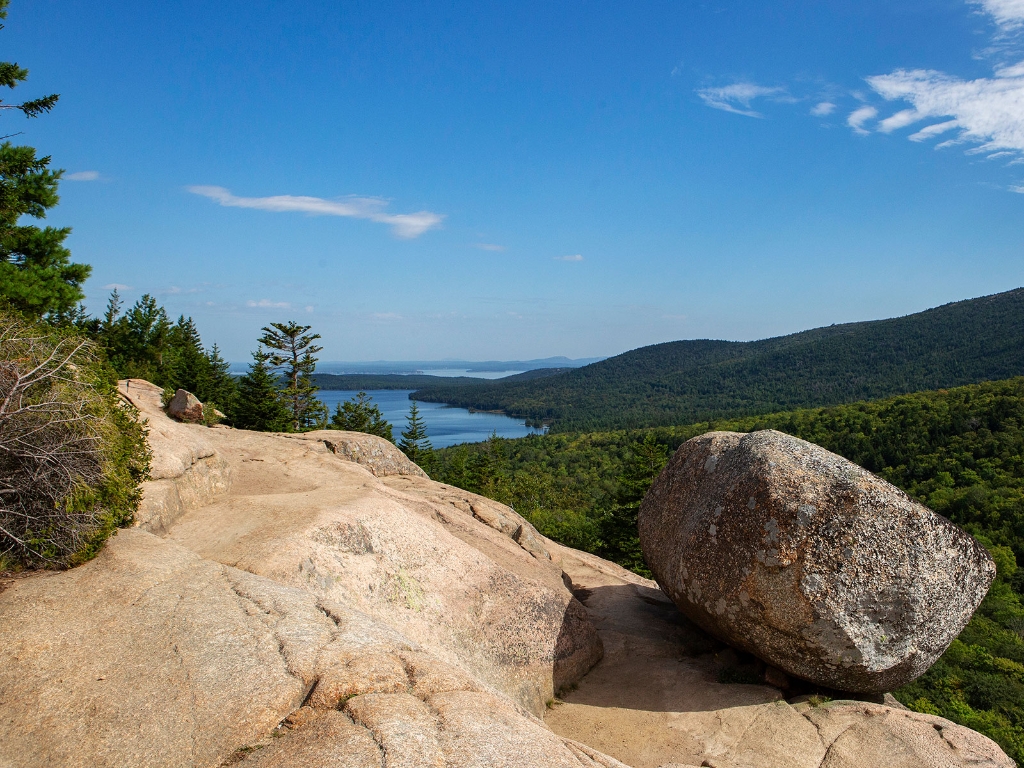
For the second stop on the Acadia Earthcache Course, hike up South Bubble to Bubble Rock.
N 44° 20.470
W 68° 15.045’
The two rocks are, in fact, composed of different types of granite. The bedrock is called Cadillac Mountain Granite, the same type of rock found atop Cadillac Mountain and prevalent throughout Acadia. Bubble Rock is composed of Lucerne Granite. Lucerne Granite did not form on Mount Desert Island; it formed about 30 miles northwest of Acadia, near the community of Lucerne, Maine.
So, how did a 100-ton boulder the size of a minivan move such a distance? Bubble Rock is known as a glacial erratic, a geological term for a rock transported by a glacier and deposited on a different bedrock. Evidence of its travels can be seen in its appearance. Bubble Rock appears rounded like the cobblestones found along Maine’s shoreline. As the rock was carried, sharp edges were eroded away as the glacier ground along the terrain. How did the rock end up on the edge of a cliff? As the glacier melted, the boulder dropped free from the frozen mass and landed at its present location.
Just as glaciers have the ability to deposit glacial erratics, they may also deposit large amounts of rock debris during heavy melting. As a glacier retreats, piles of boulders, stone, and till, called moraines, form. They may act as dams to glacier meltwater or other water sources. Jordan Pond is dammed by an end moraine, a moraine that forms at the front edge of a glacier. You can see Jordan Pond and the surrounding landscape from the summit of South Bubble.
N 44° _1.133’
W 68° 13.433’
N 44° 20.470
W 68° 15.045’
Reading
Once there, take a good look at the bedrock below your feet. Then look closely at the rounded boulder perched on the edge of the cliff. Do the two look different from one another?The two rocks are, in fact, composed of different types of granite. The bedrock is called Cadillac Mountain Granite, the same type of rock found atop Cadillac Mountain and prevalent throughout Acadia. Bubble Rock is composed of Lucerne Granite. Lucerne Granite did not form on Mount Desert Island; it formed about 30 miles northwest of Acadia, near the community of Lucerne, Maine.
So, how did a 100-ton boulder the size of a minivan move such a distance? Bubble Rock is known as a glacial erratic, a geological term for a rock transported by a glacier and deposited on a different bedrock. Evidence of its travels can be seen in its appearance. Bubble Rock appears rounded like the cobblestones found along Maine’s shoreline. As the rock was carried, sharp edges were eroded away as the glacier ground along the terrain. How did the rock end up on the edge of a cliff? As the glacier melted, the boulder dropped free from the frozen mass and landed at its present location.
Just as glaciers have the ability to deposit glacial erratics, they may also deposit large amounts of rock debris during heavy melting. As a glacier retreats, piles of boulders, stone, and till, called moraines, form. They may act as dams to glacier meltwater or other water sources. Jordan Pond is dammed by an end moraine, a moraine that forms at the front edge of a glacier. You can see Jordan Pond and the surrounding landscape from the summit of South Bubble.
Next Clue
Use your GPS unit to determine the elevation of Bubble Rock (not the elevation of South Bubble Mountain). Subtract 5 from the first digit of Bubble Rock’s elevation. Plug your answer into the following coordinates to locate your next stop:N 44° _1.133’
W 68° 13.433’
Is there something we missed for this itinerary?
Itineraries across USA
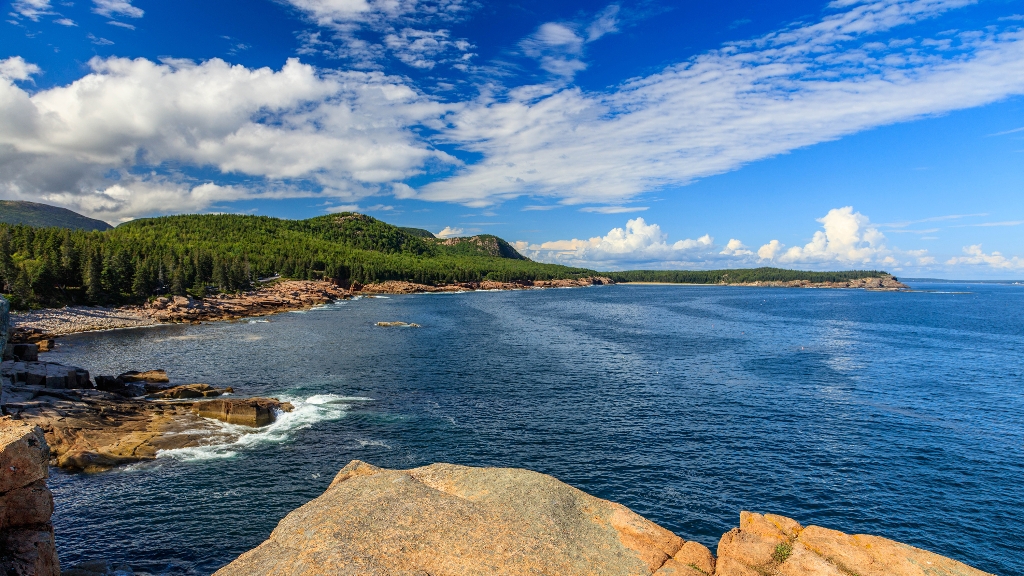
Acadia
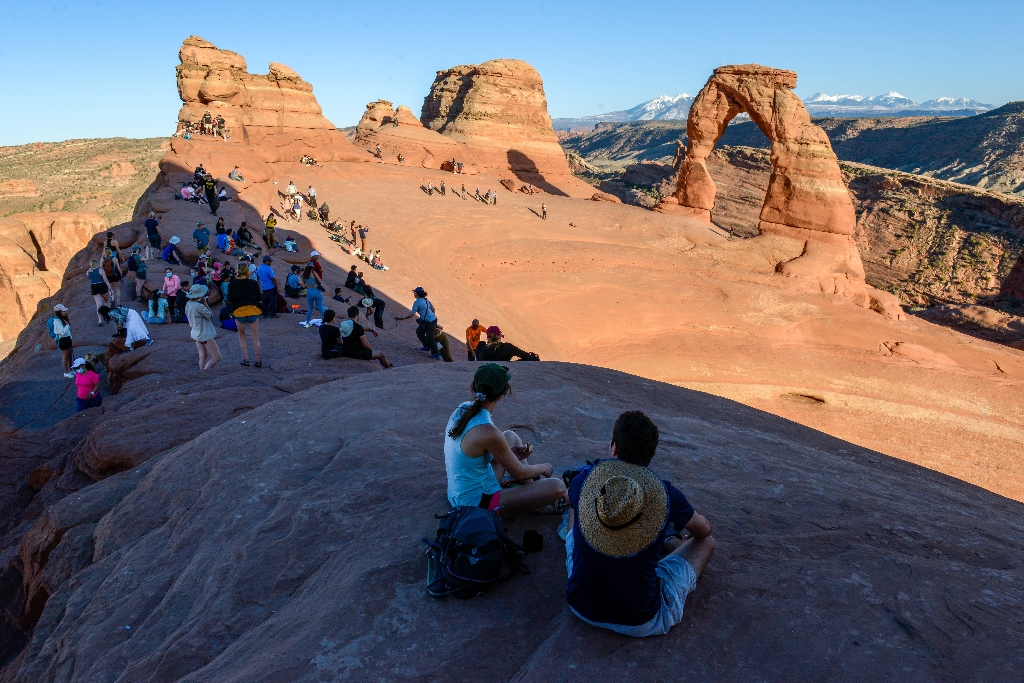
Arches National Park

Badlands
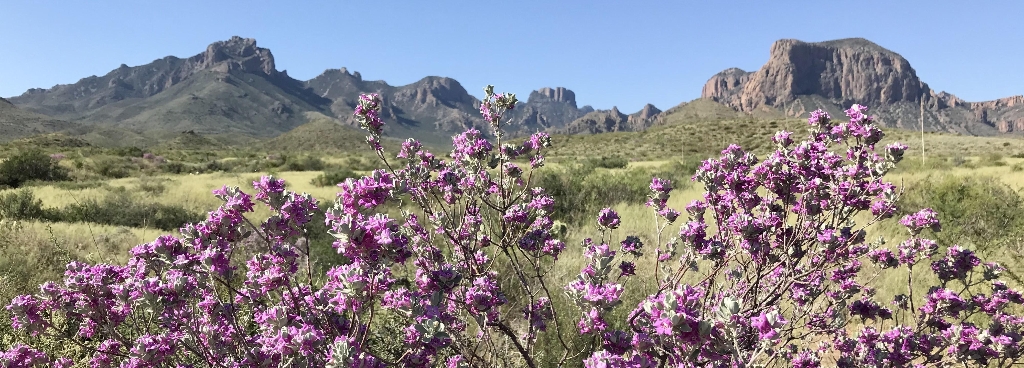
Big Bend
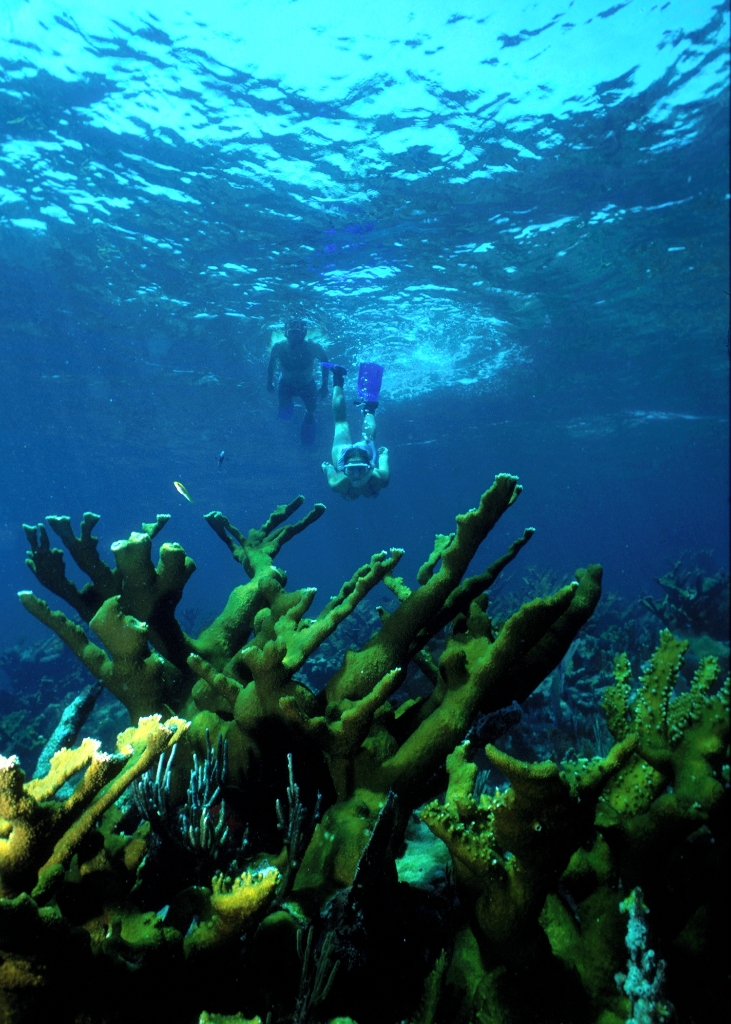
Biscayne

Black Canyon Of The Gunnison
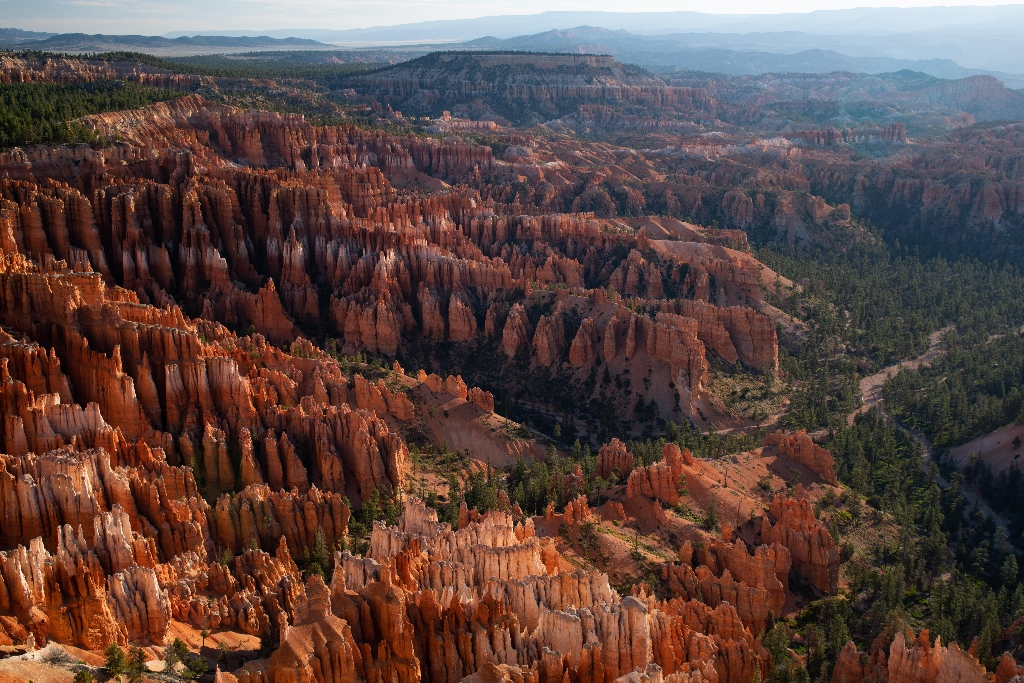
Bryce Canyon
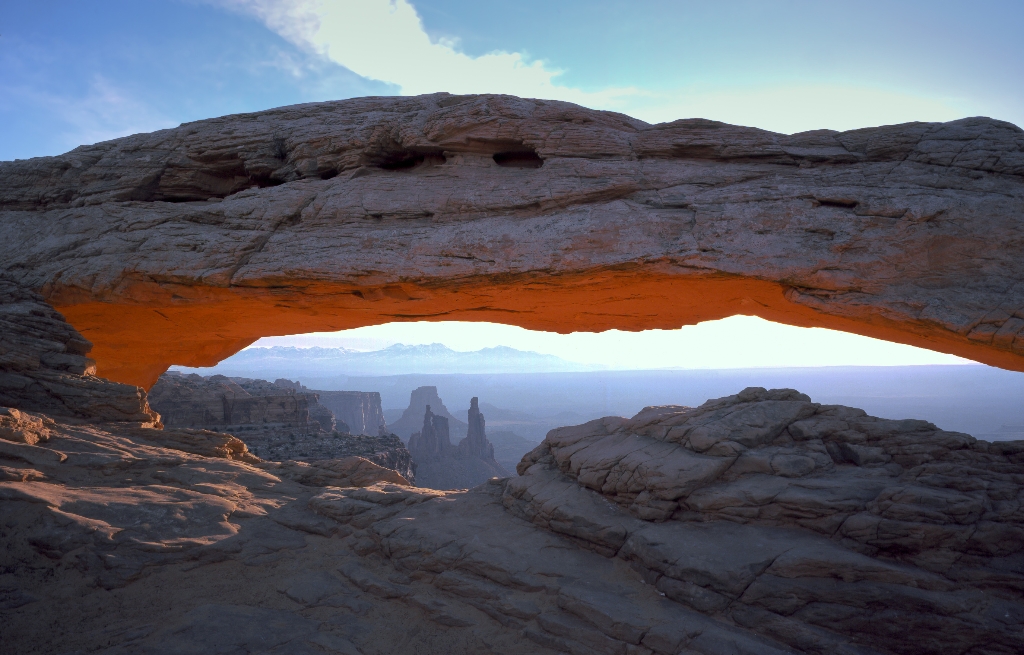
Canyonlands
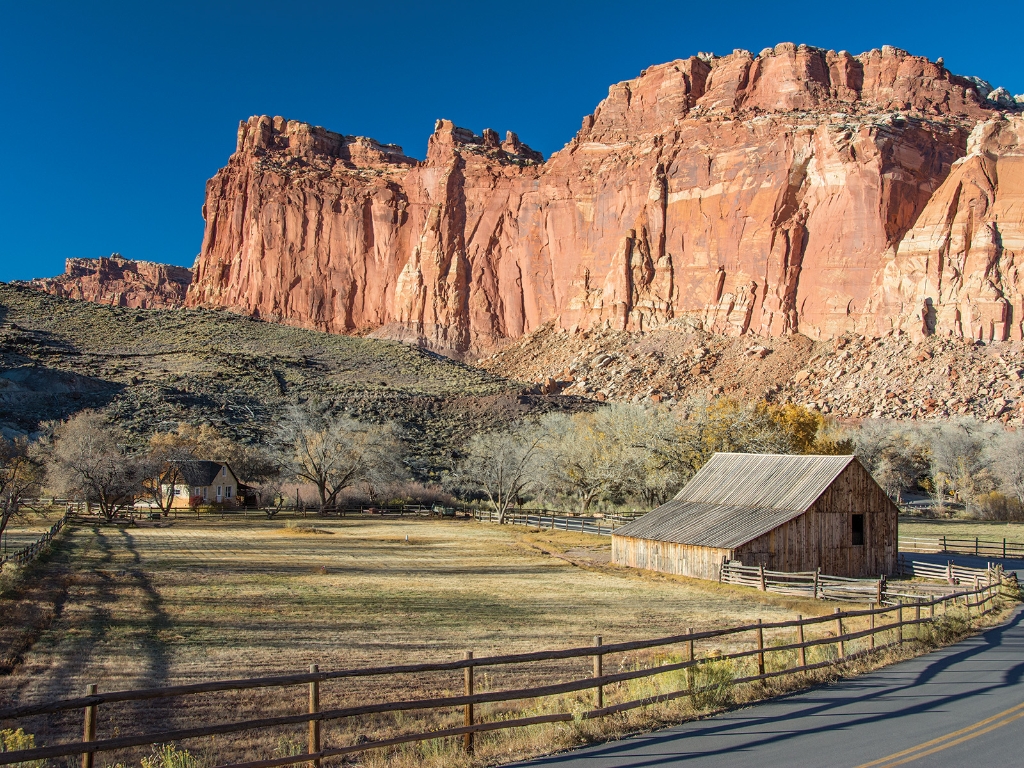
Capitol Reef
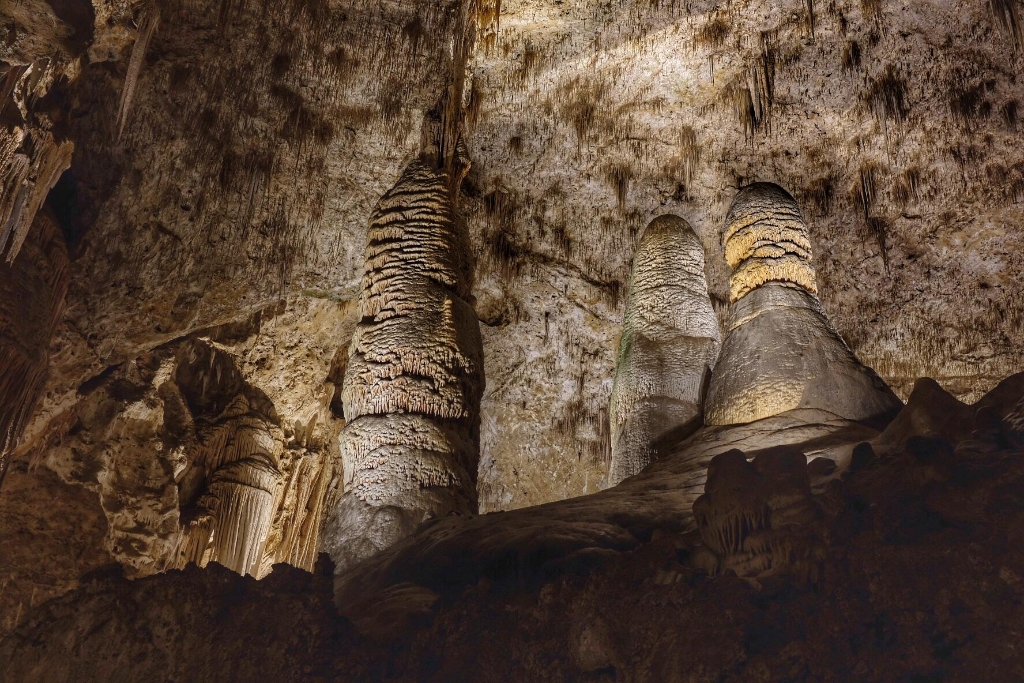
Carlsbad Caverns
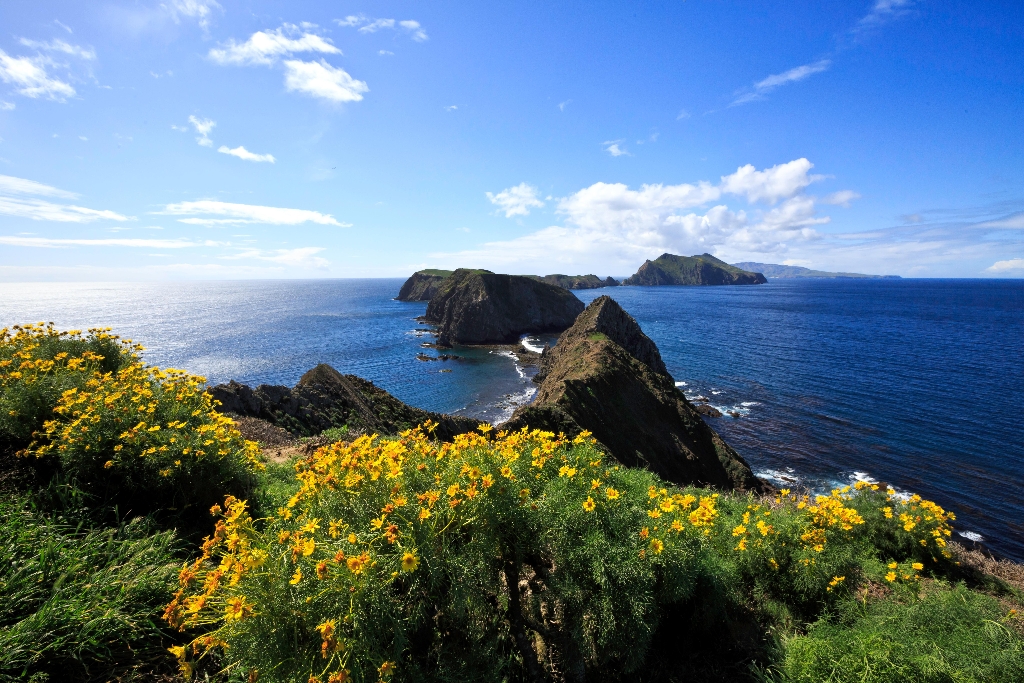
Channel Islands
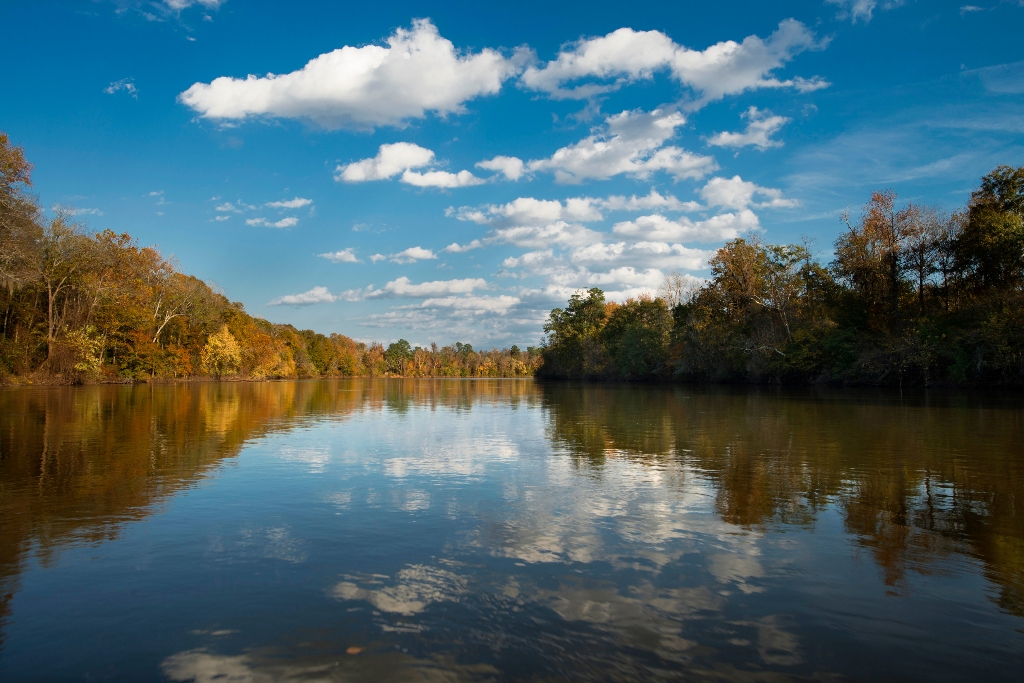
Congaree
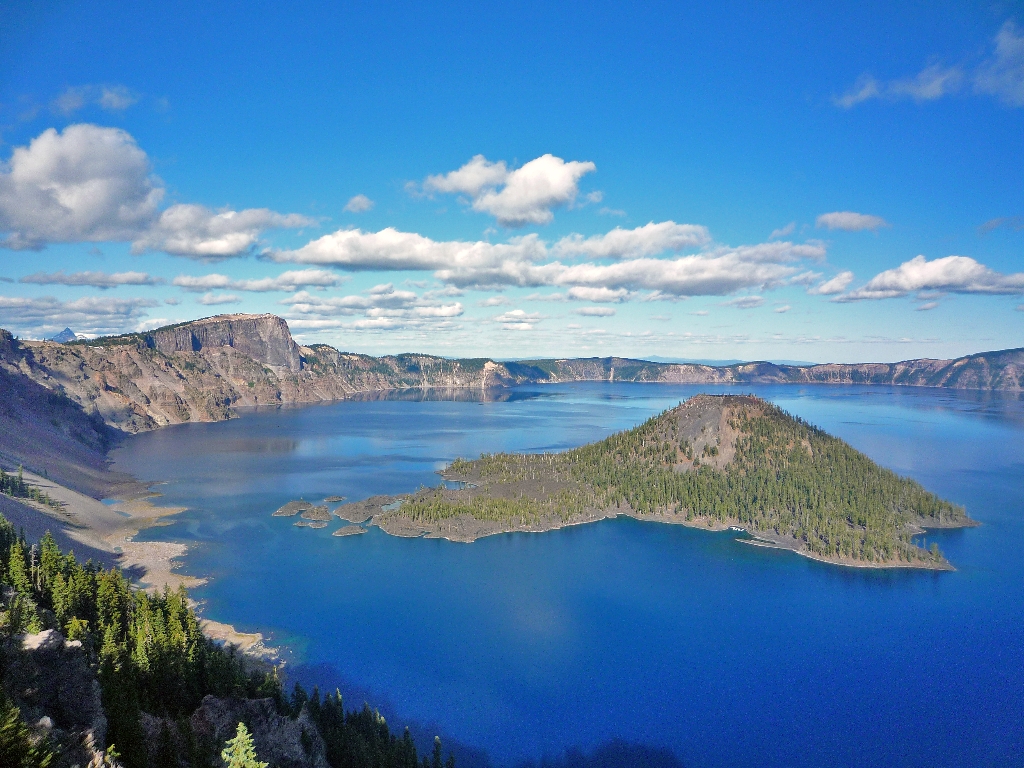
Crater Lake
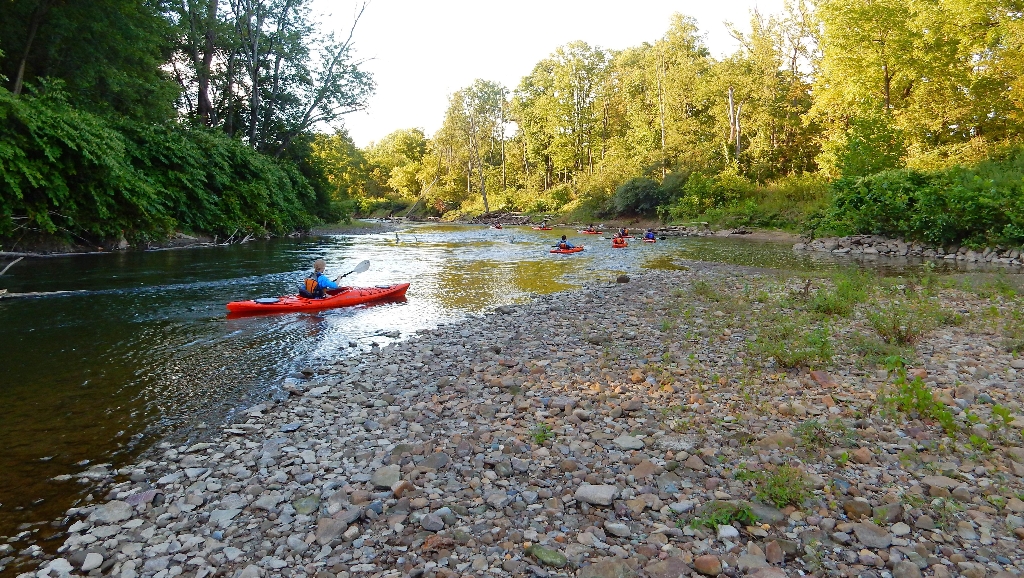
Cuyahoga Valley

Death Valley
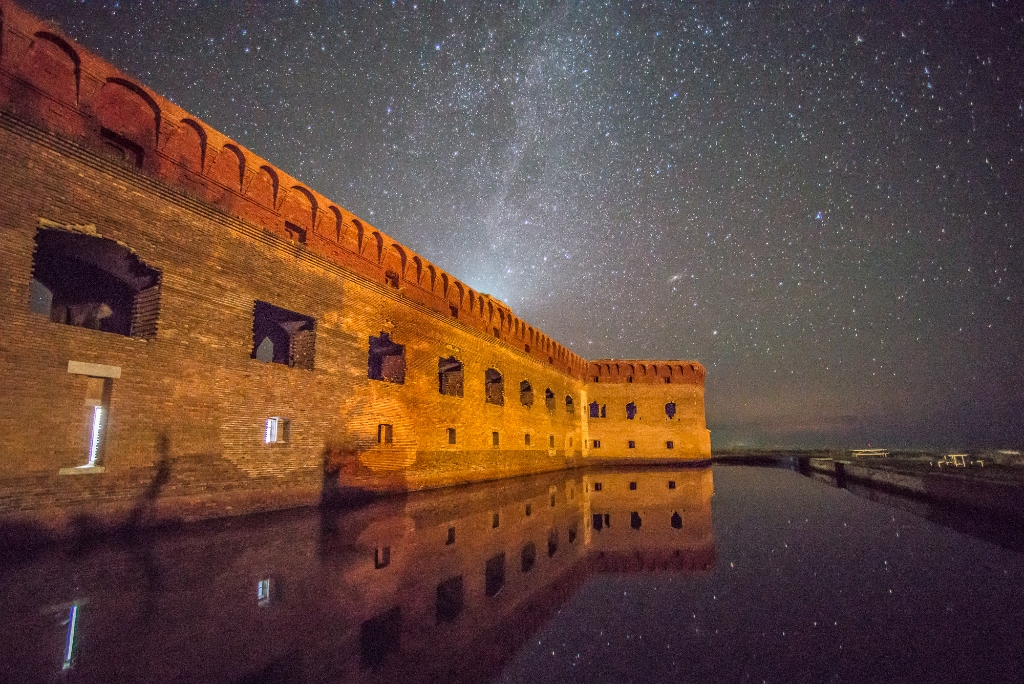
Dry Tortugas
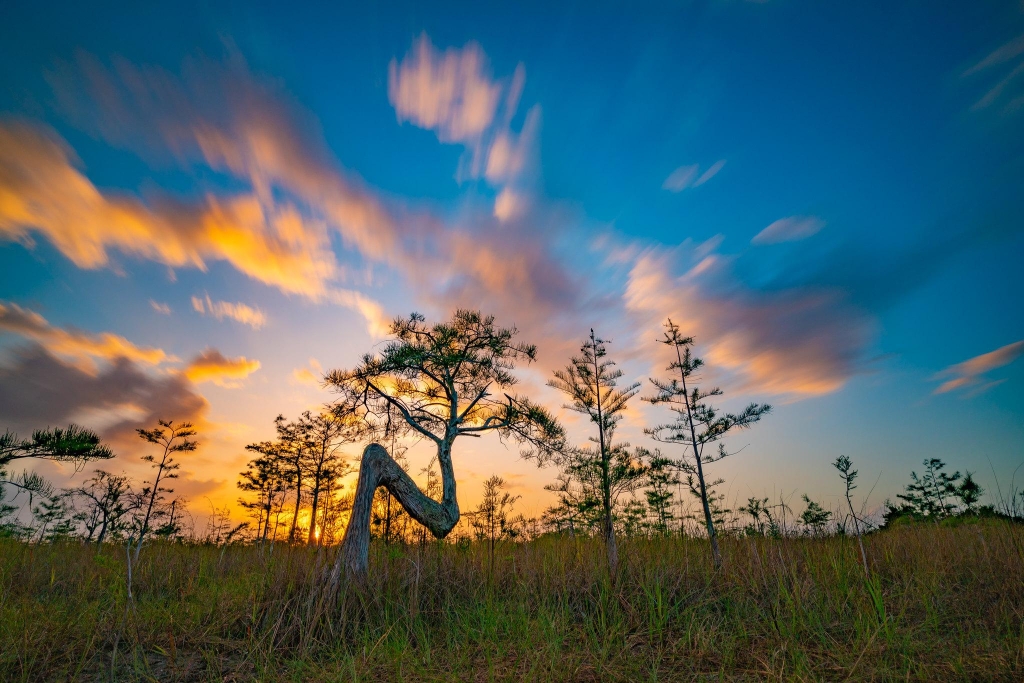
Everglades

Gateway Arch
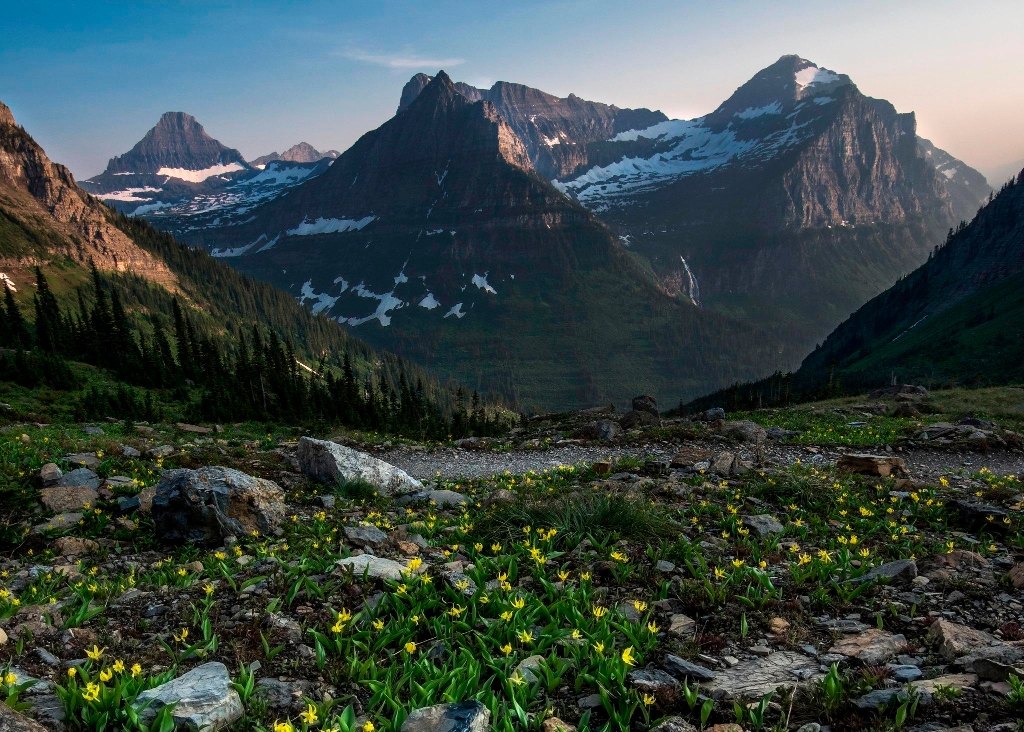
Glacier
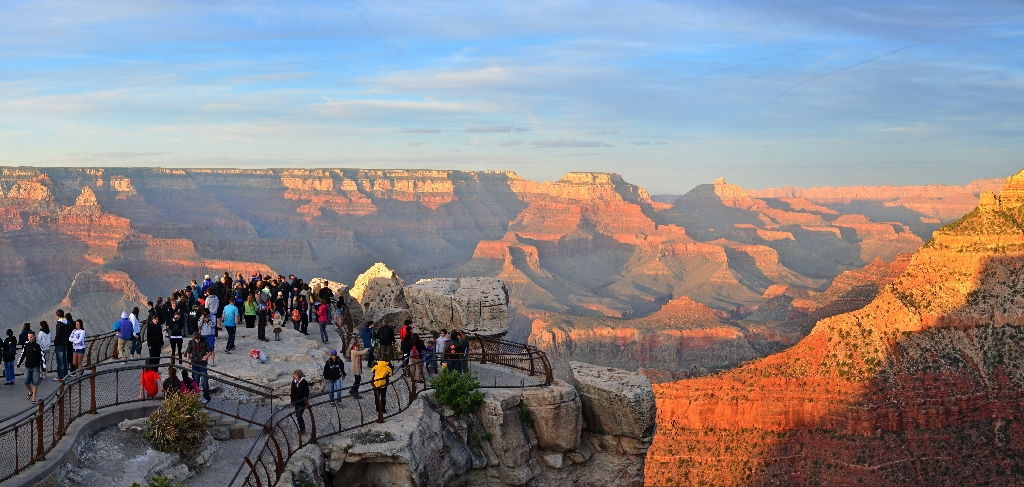
Grand Canyon

Grand Teton
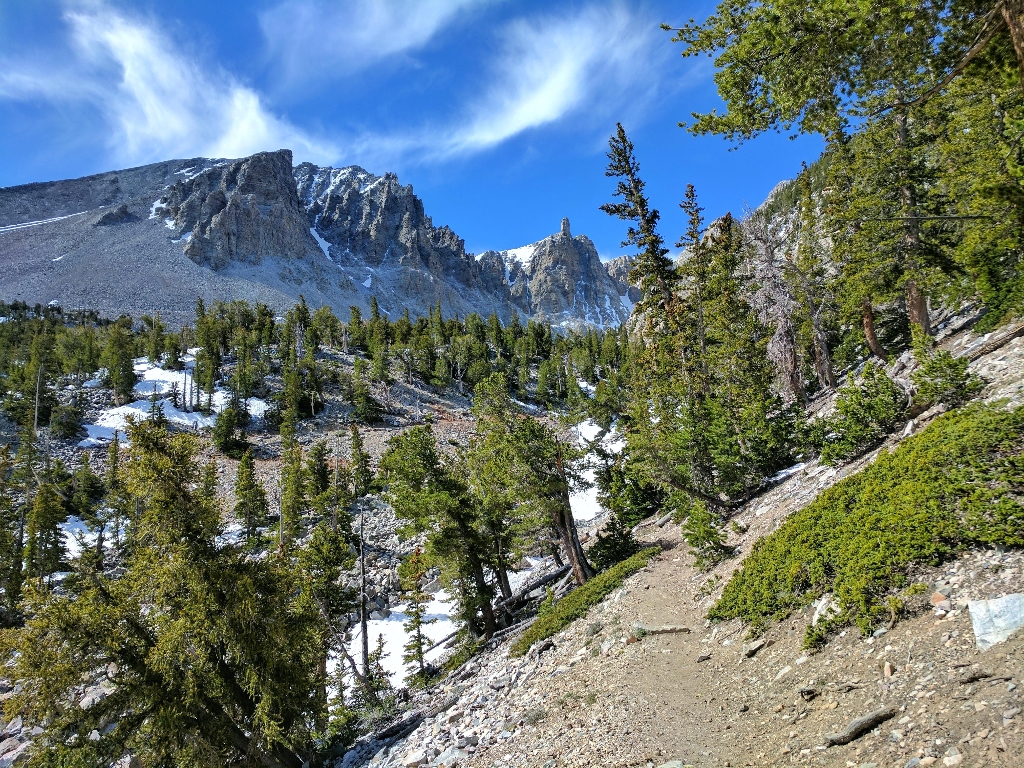
Great Basin
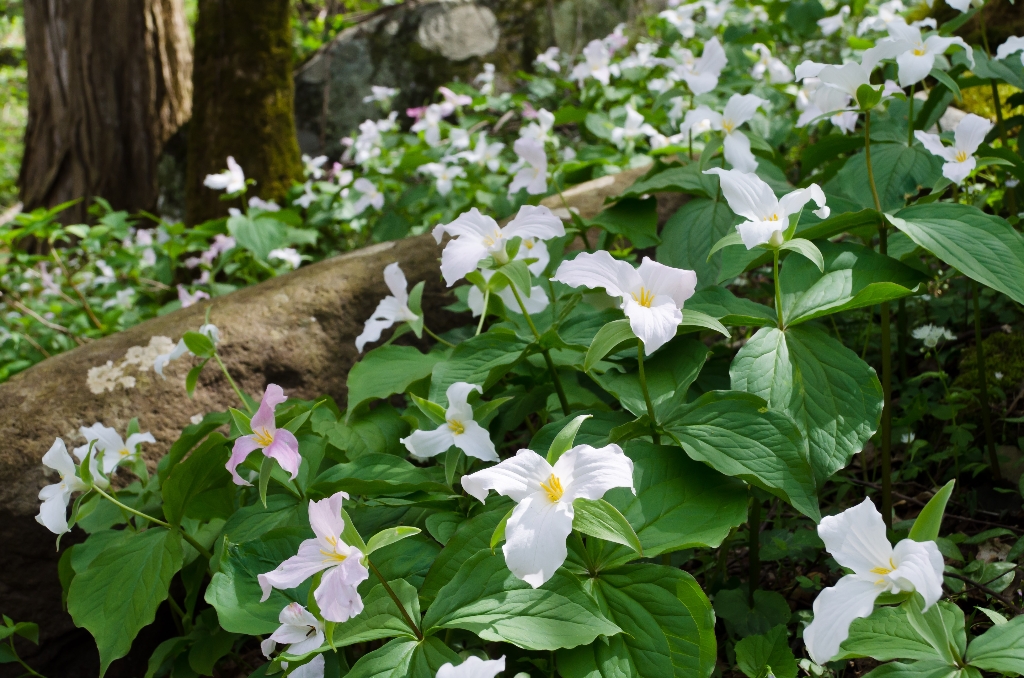
Great Smoky Mountains
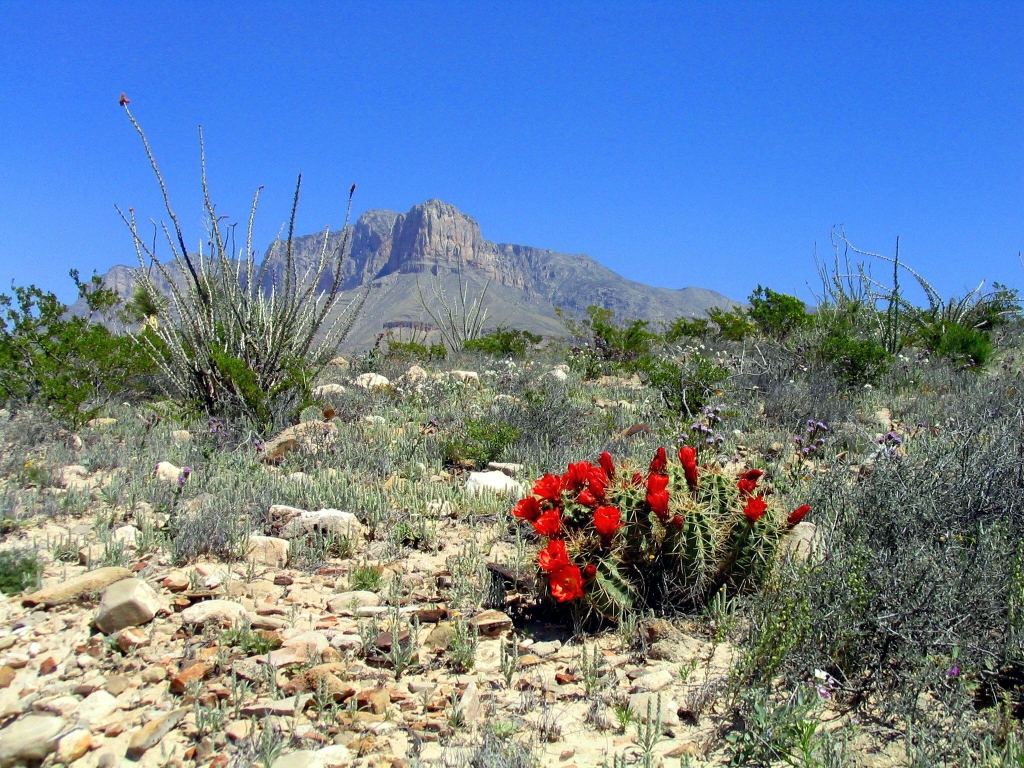
Guadalupe Mountains

Haleakalā
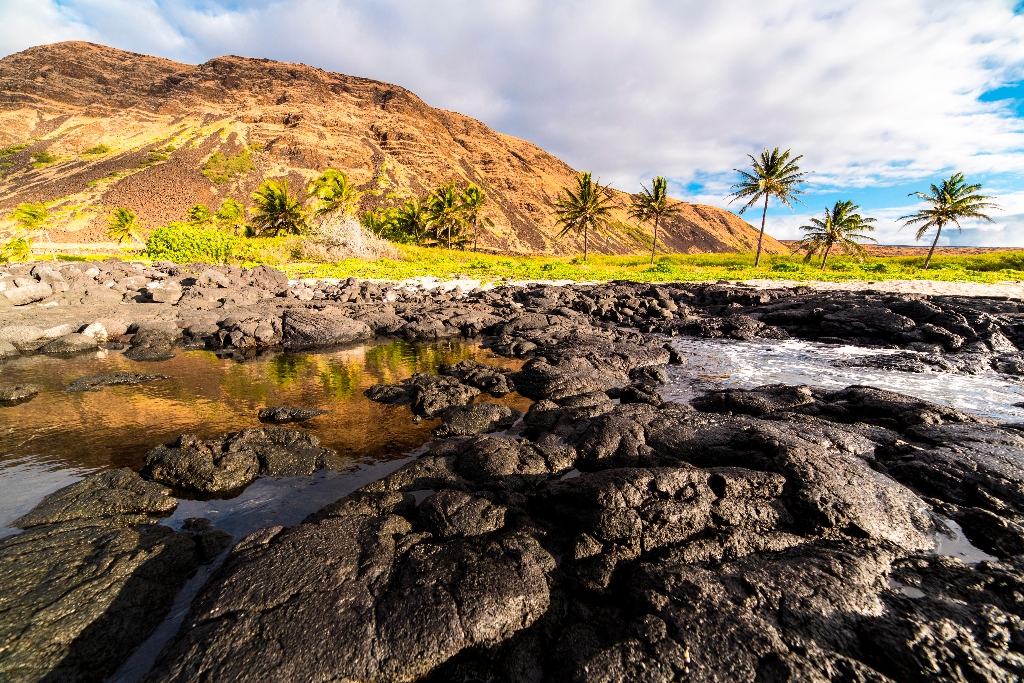
Hawaiʻi Volcanoes
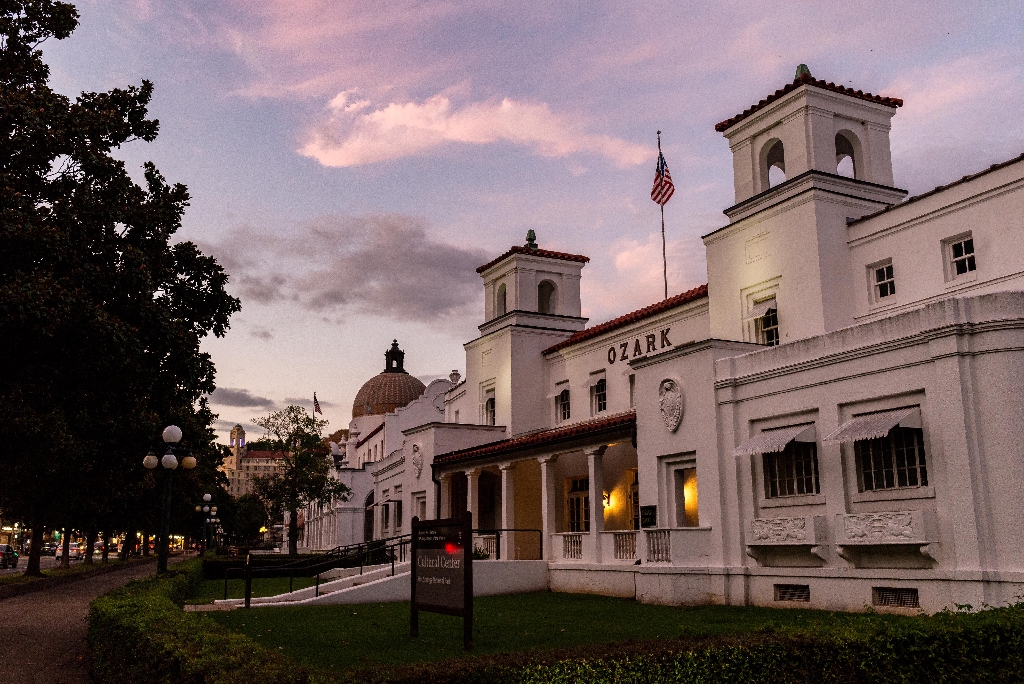
Hot Springs
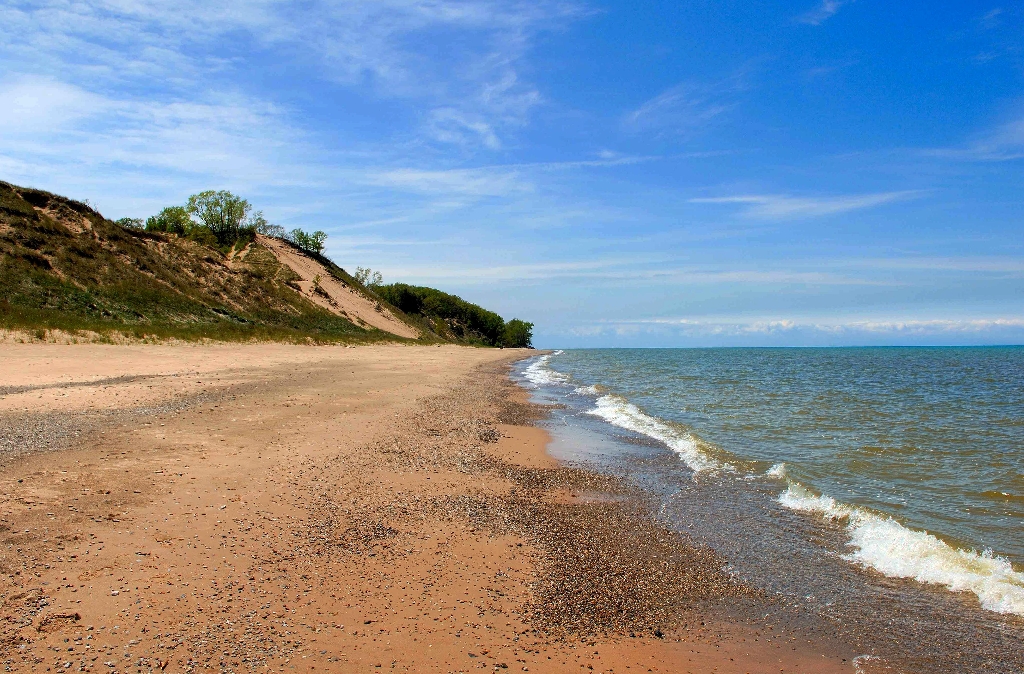
Indiana Dunes
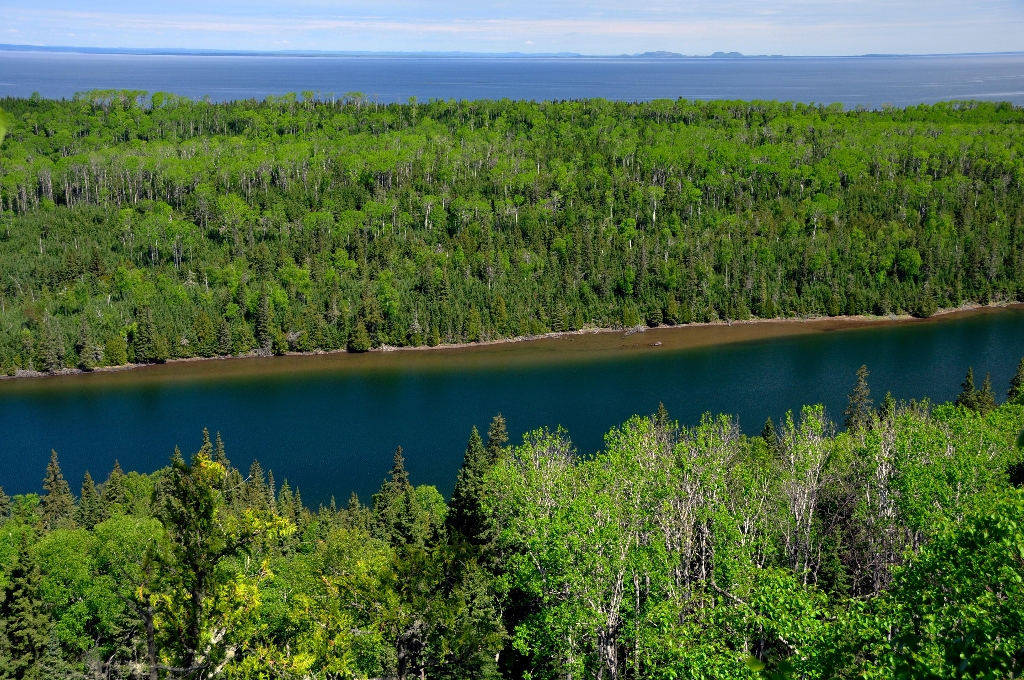
Isle Royale
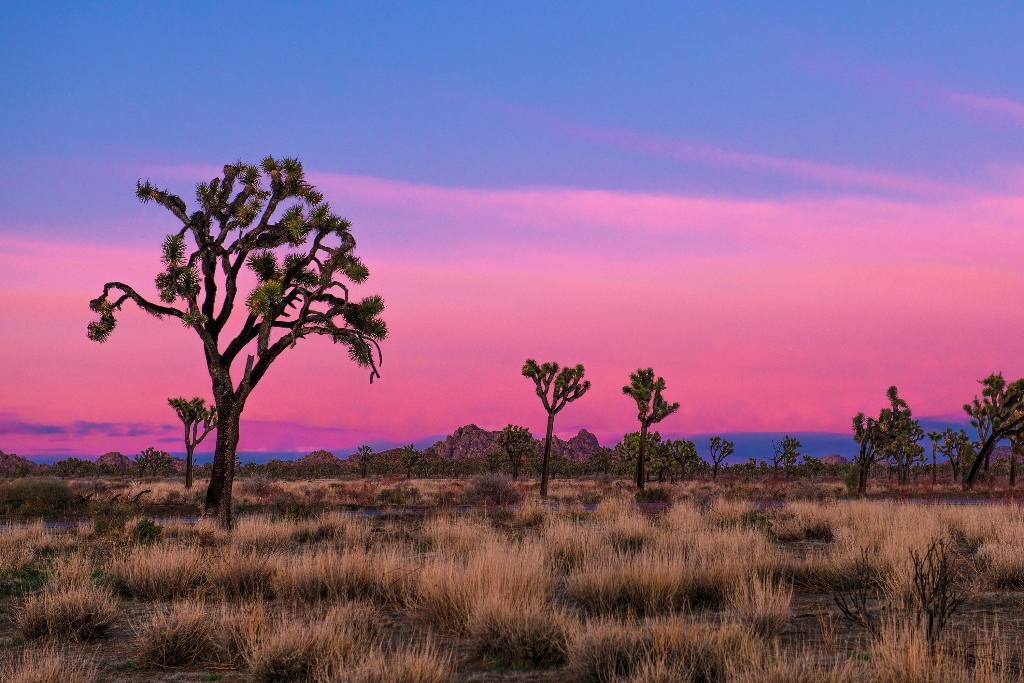
Joshua Tree

Kenai Fjords

Kobuk Valley
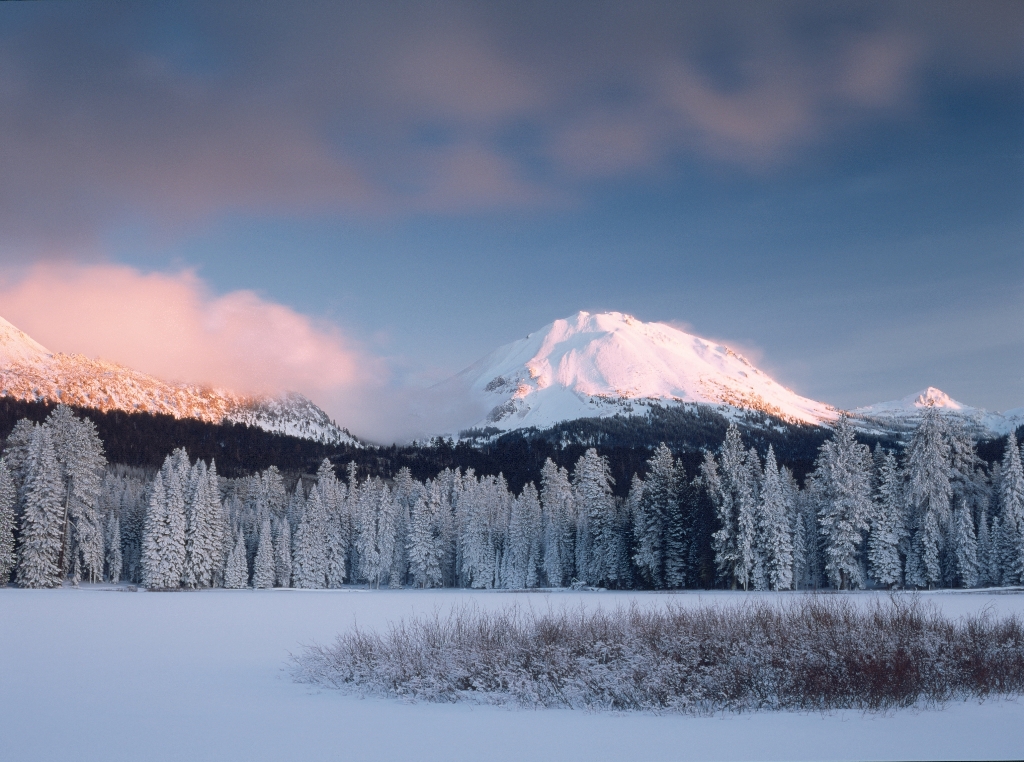
Lassen Volcanic
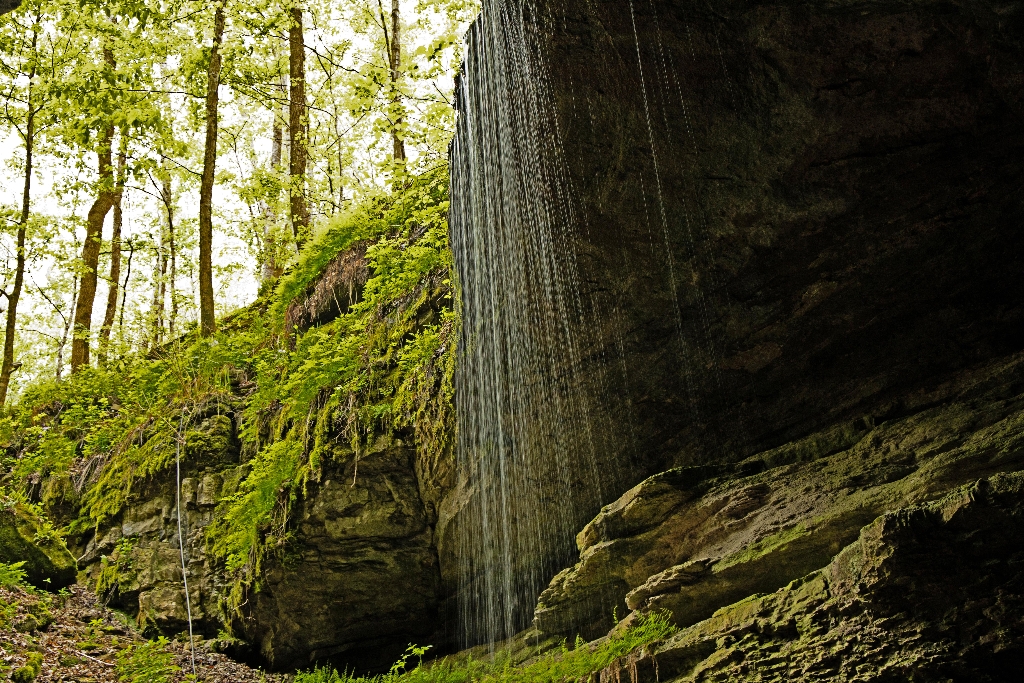
Mammoth Cave
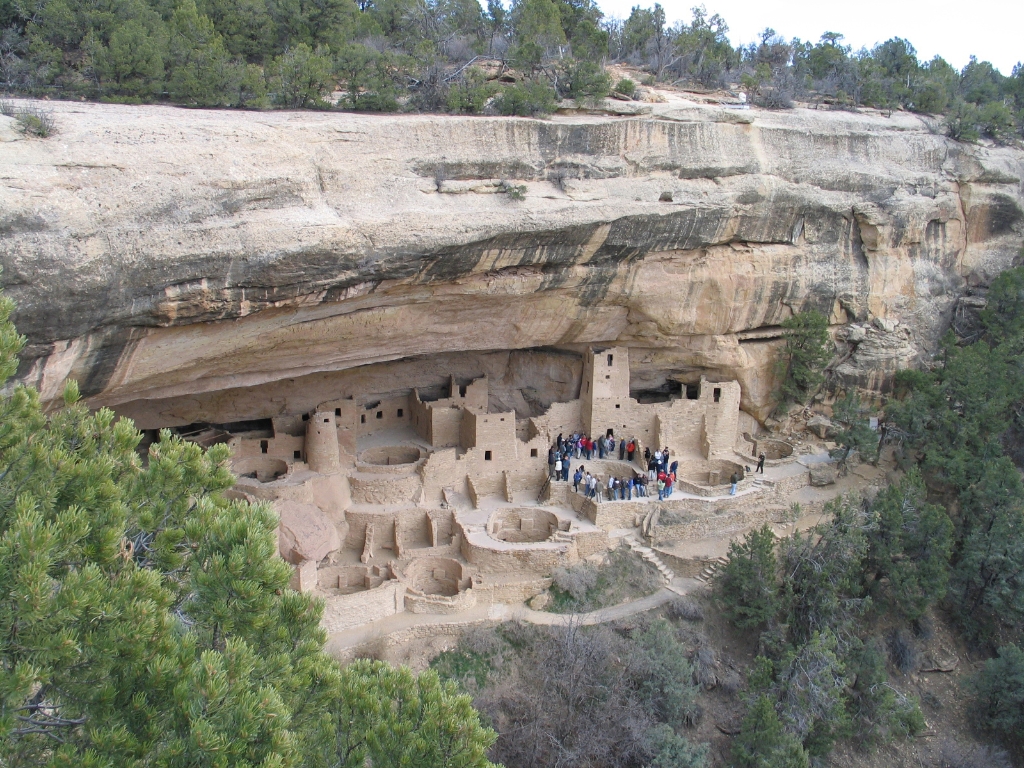
Mesa Verde
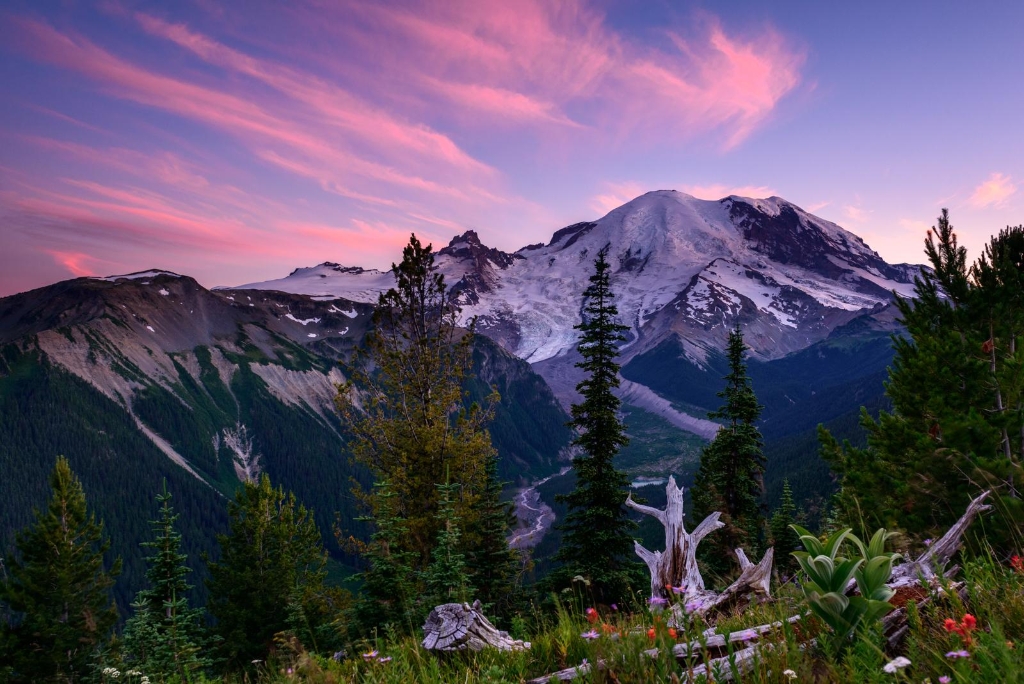
Mount Rainier
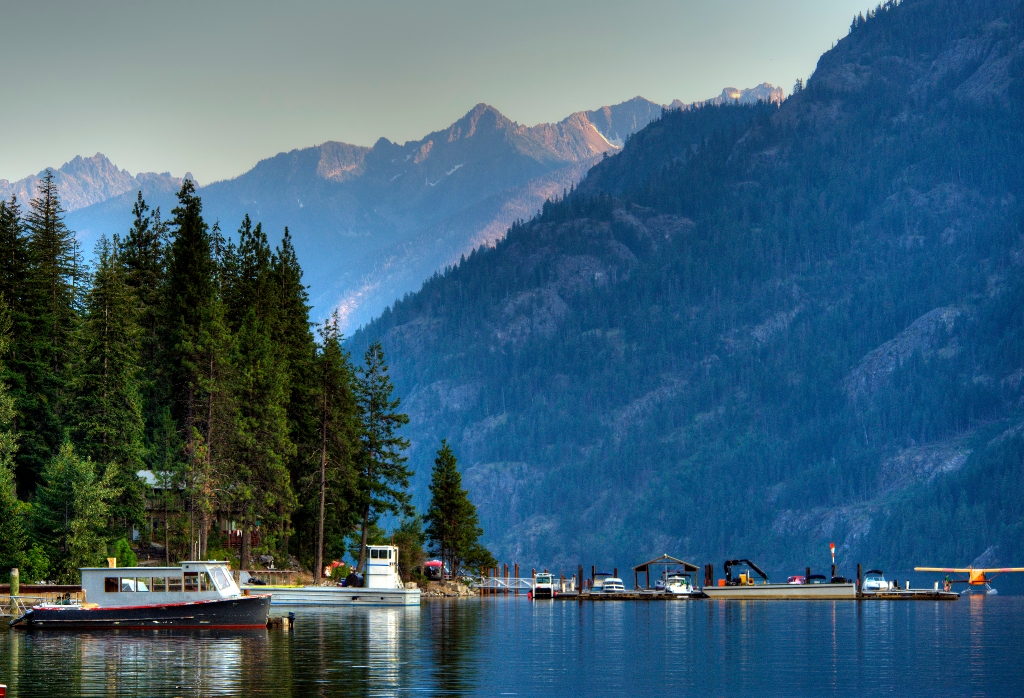
North Cascades

Olympic
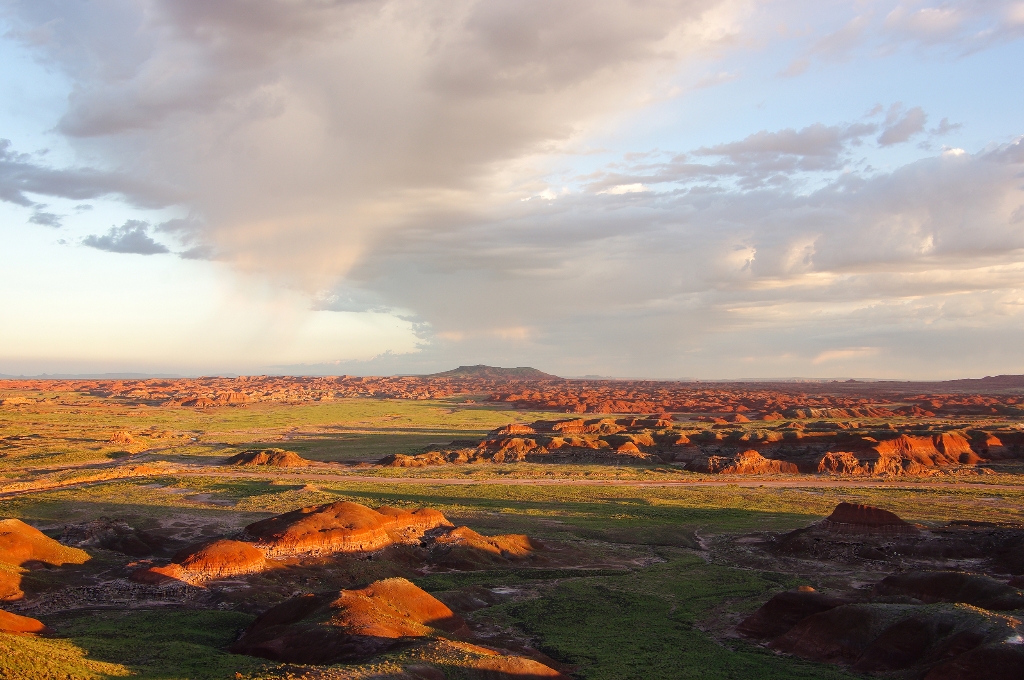
Petrified Forest
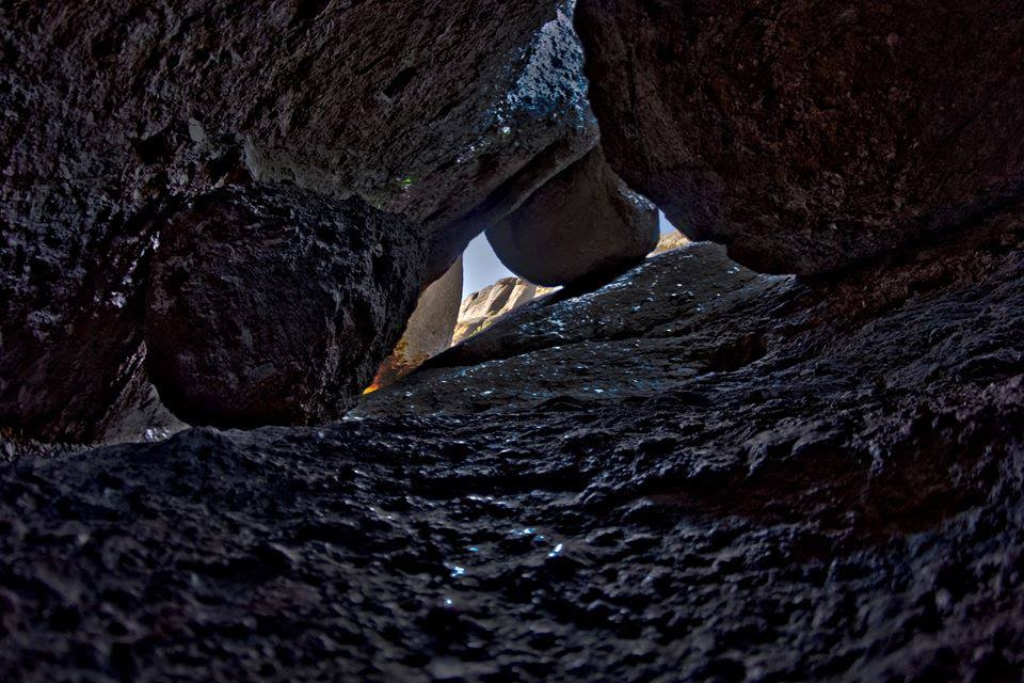
Pinnacles
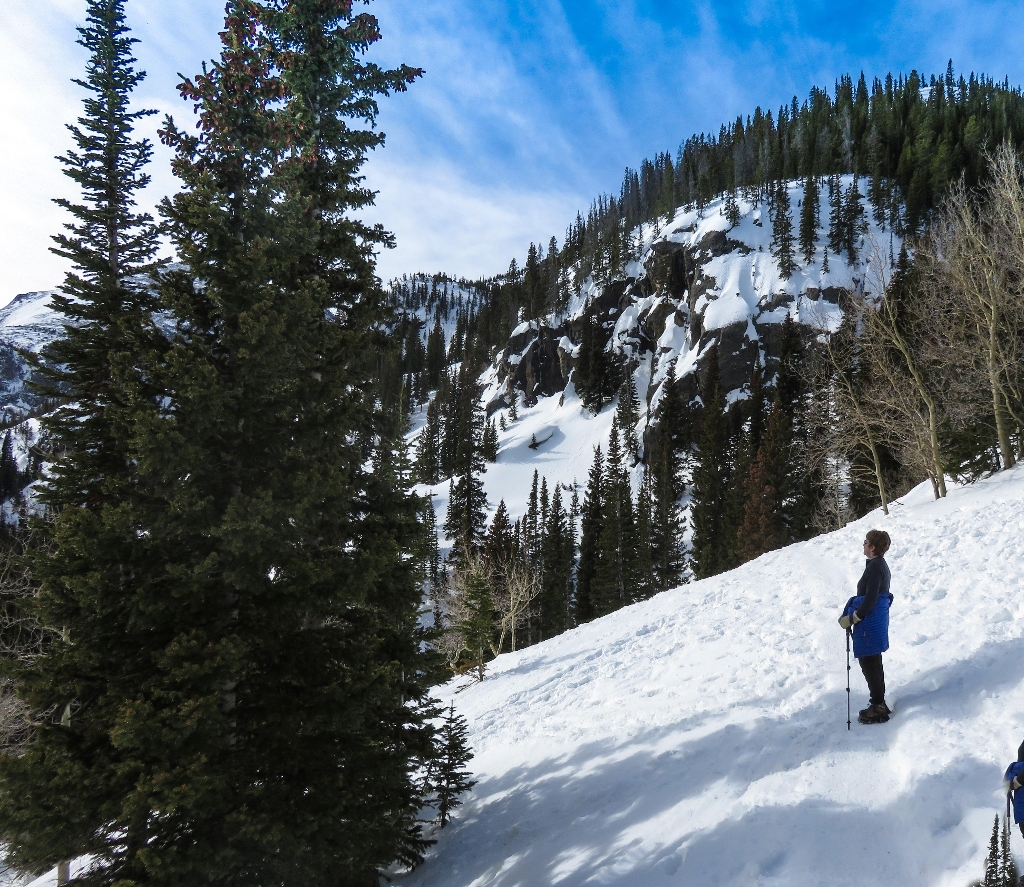
Rocky Mountain
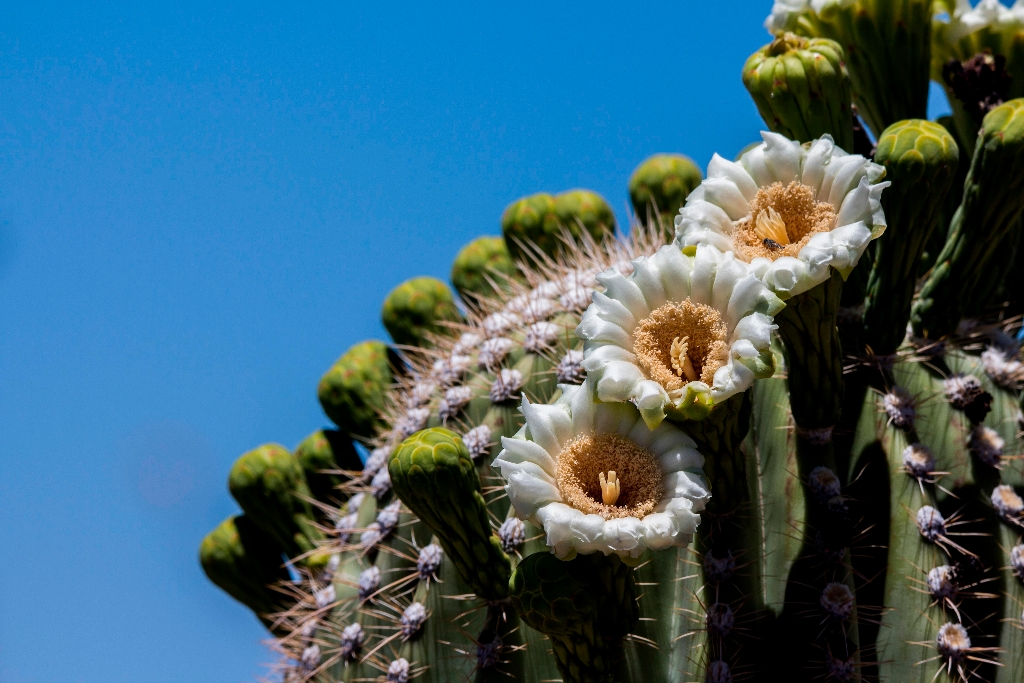
Saguaro
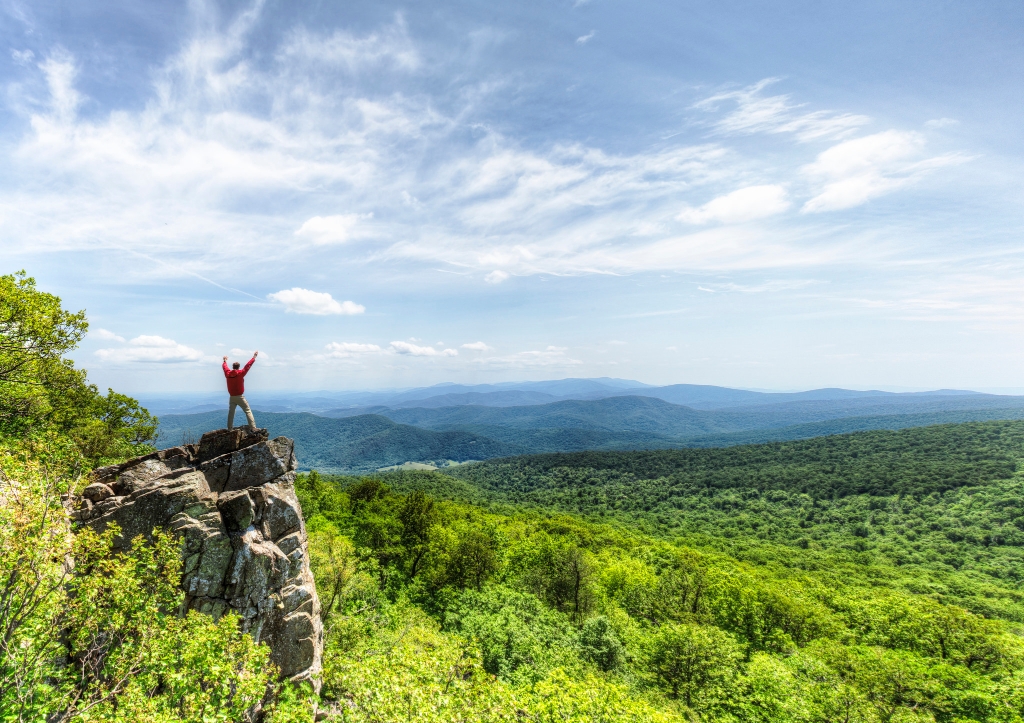
Shenandoah
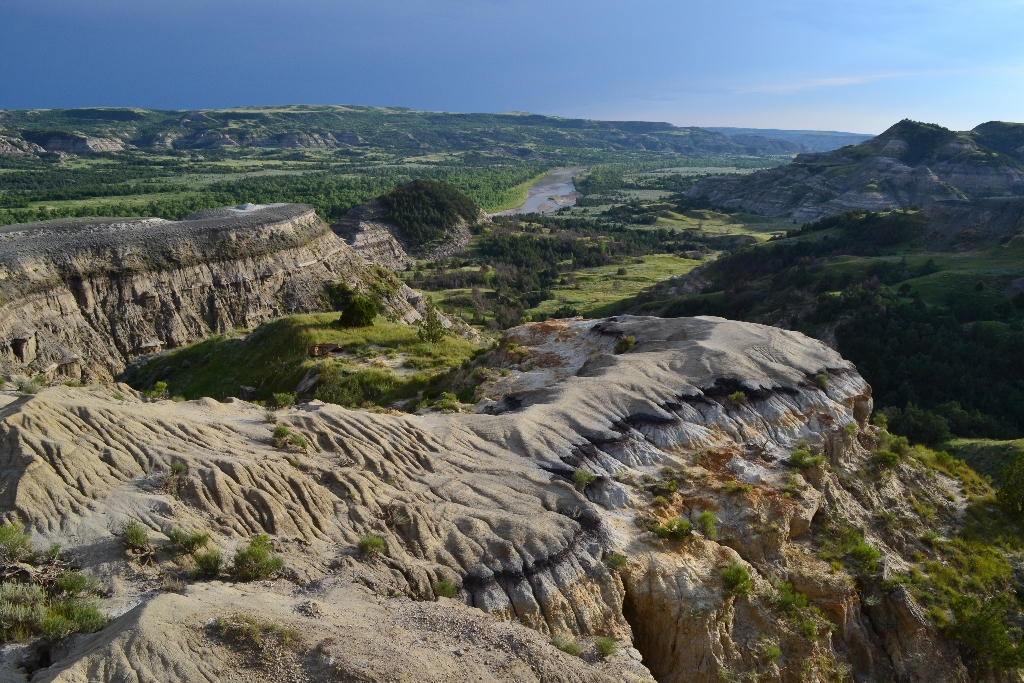
Theodore Roosevelt
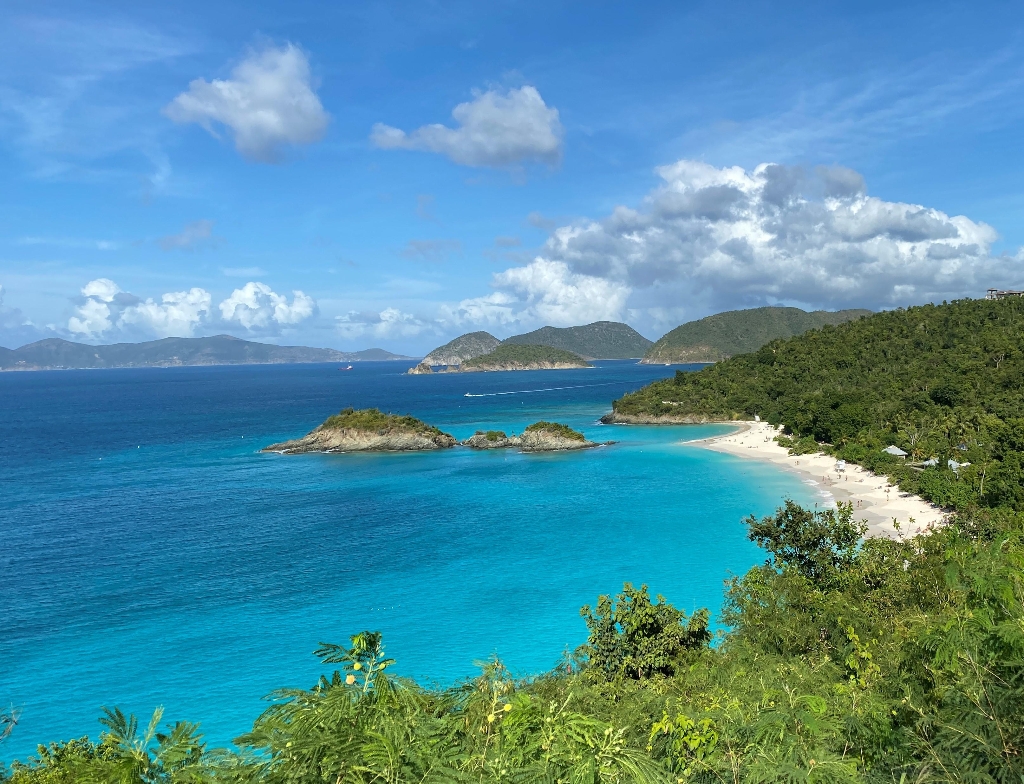
Virgin Islands
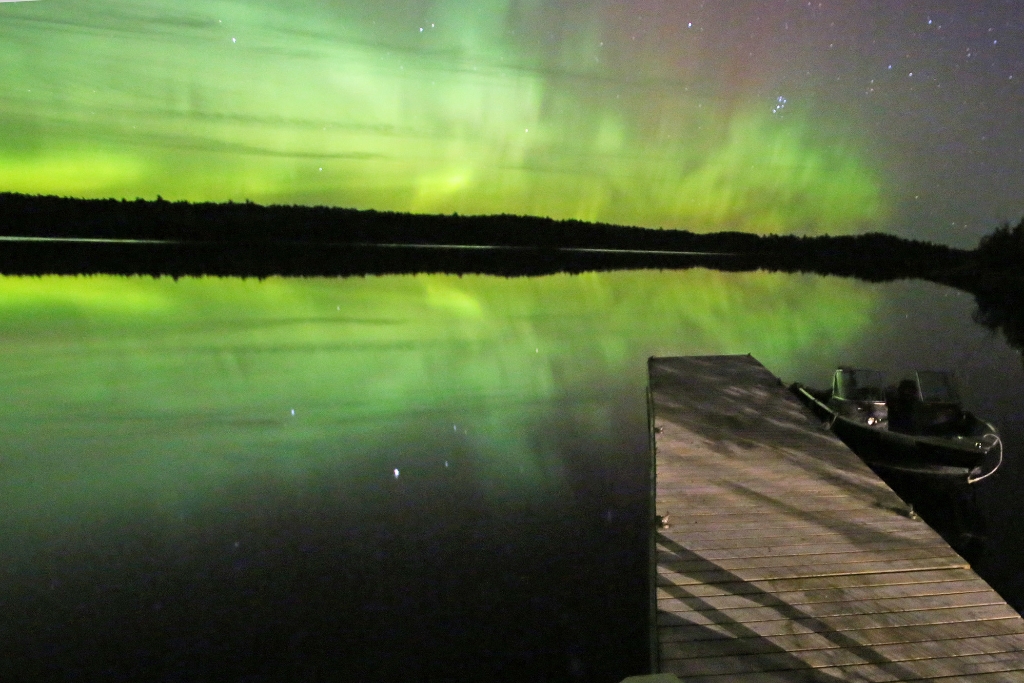
Voyageurs
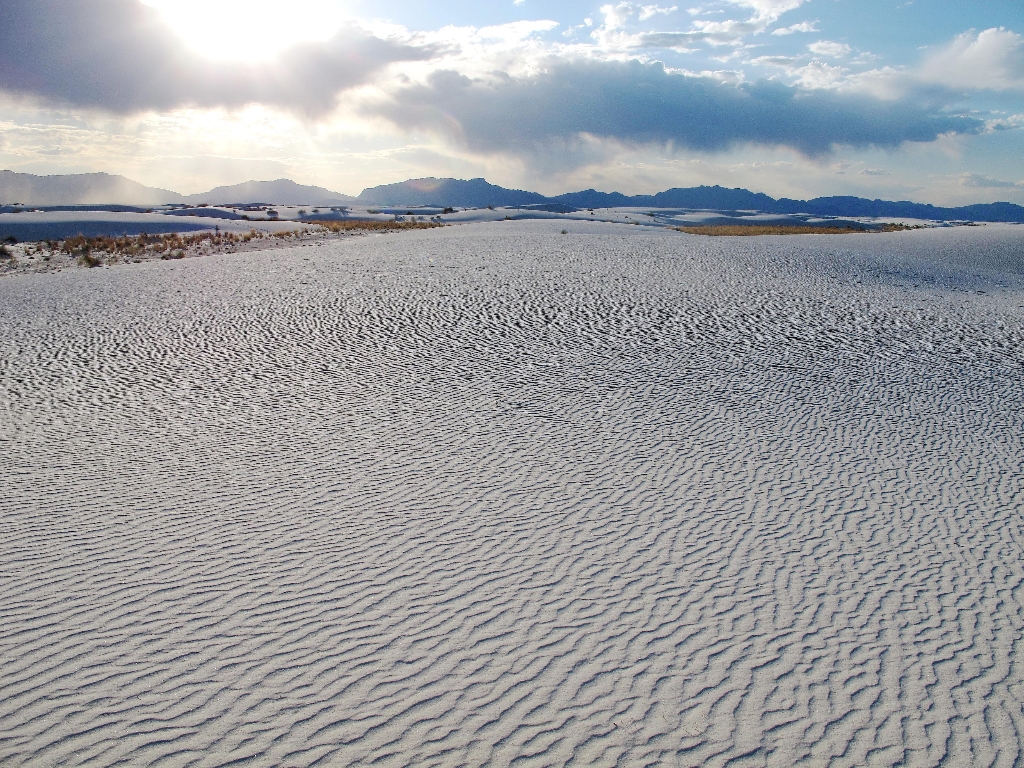
White Sands
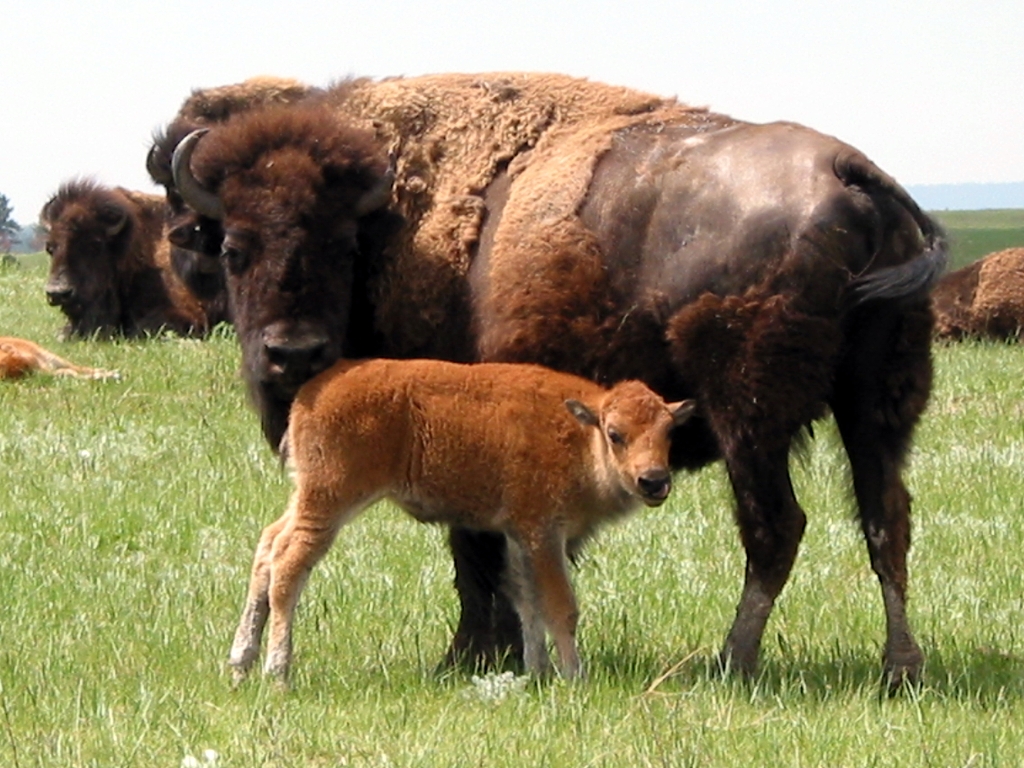
Wind Cave
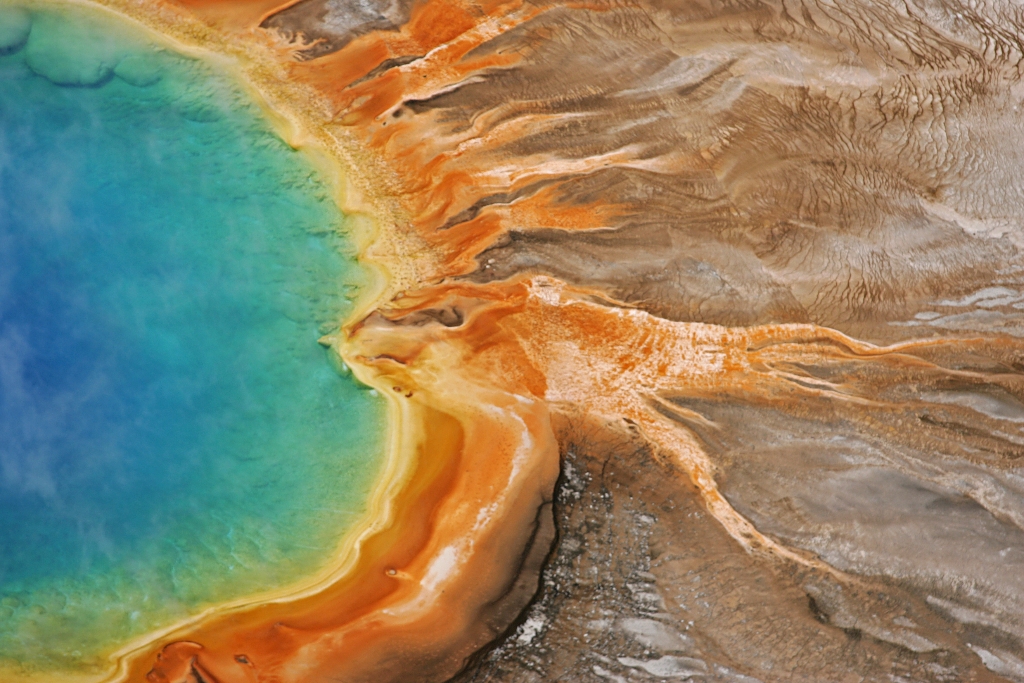
Yellowstone
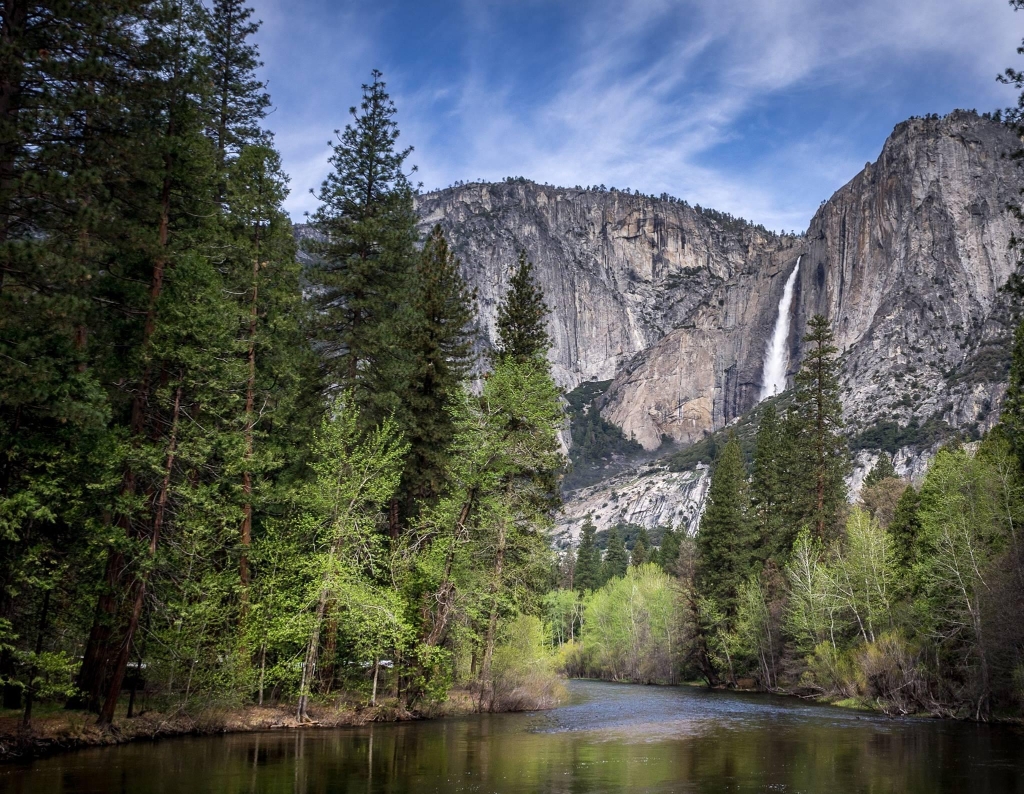
Yosemite

Zion